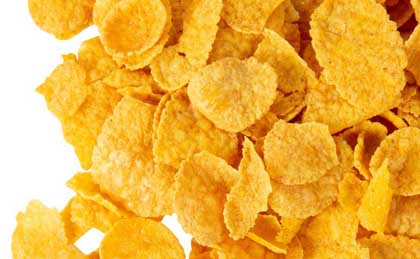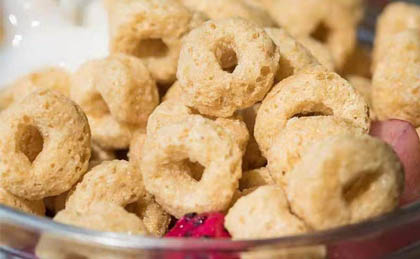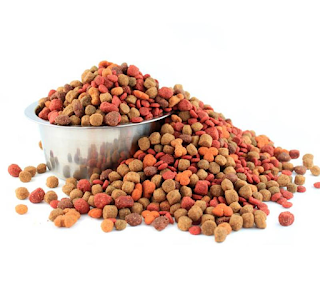What Are Corn Flakes Made of?
Breakfast Cereals
Corn flakes or tortilla chips are breakfast cereals made from baked corn flakes (corn). The cereal, originally made from wheat, was made in 1894 by Will Kellogg for patients at the Bartle Creek Sanitarium, where he worked alongside his brother John Kellogg, who was the director. The breakfast cereal proved popular among the patients, and Kellogg then began what became the Kellogg Company, a company that produced cornflakes for the wider public. in 1896, the process was patented.
There were many generic brands of cornflakes produced by different manufacturers. In addition to being used as a breakfast cereal, the crushed flakes can replace breadcrumbs in recipes and can be added to many cooked meals.
Breakfast Cereals
Cornflakes are a packaged cereal product made from small roasted corn flakes, usually served cold with milk and sometimes with sugar. From its initial production, plain cornflakes have been flavored with salt, sugar, and malt, and many subsequent products with additional ingredients have been manufactured, such as frosted cornflakes and honey and nut cornflakes.
Corn flakes production line can produce breakfast cereal which is one kind of nutritional convenient food which is produced by this process line, using grist as basic material, with different shapes, such as granule, flake, animal, etc. One outstanding characteristic of the breakfast cereal is that it contains abundant compound carbohydrates and dietary fiber, strengthens lots of microelements, such as vitamins and minerals, and also can be added with cocoa and sugar, like honey and maltose. It can be drunk directly after being mixed into coffee, milk, yogurt, or functional drink. Children can eat breakfast cereal as a sweet crispy snack.
Corn Flakes Production Line
A brief description of the production process of cornflakes
The main raw material for the production of corn flakes is the grain, i.e. corn flour. It is discharged from the transport container to the screw feed conveyor, which loads the raw material into a continuous sieve. The sieve passes the sifted flour up to the mixer. The mixer is used when adding cocoa, starch, etc. to the recipe.
The ingredients are fed from the mixer into the feed hopper of the extruder using a screw conveyor. The twin-screw extrusion unit heat-treats the initial raw material after the preparation phase. At the exit of the extruder, we get semi-finished spherical semi-finished products which are discharged on a vibrating conveyor to prevent gluing. The semi-finished products are fed by the vibrating conveyor to the flattening machine with a pneumatic conveyor, where the semi-finished products are flattened by two shafts moving in different directions.
The product then enters a vibratory conveyor for subsequent loading into a thermal dryer designed to continuously dry the product coming out of the extruder. During the transfer of the product along the conveyor system, the moisture is evaporated. The product with the feed conveyor comes to the additive imputing machine where the syrup containing the dry bulk ingredients and flavor additives is fed from the digester. For continuous line operation, it is recommended to install two digesters working alternately.
The product at the exit is fed via a vibrating conveyor to the roasting furnace for the final stage of flake production. Here, the product loses residual moisture and gets a golden shell.
Breakfast Cereals
The next stage is the packaging of the finished product into packages. For this purpose, the flakes are loaded from the cooling drum of the roaster into the automatic packaging machine via the feeding conveyor. The packaged product then passes through the outflowing conveyor into the cartoon packaging machine and from there out through the horizontal conveyor.
Contact us today by clicking here to place an order for your corn flakes production line for your best deal.
For more information on SENA Machinery Technology's corn flakes production line, please visit our website at https://www.senamachinery.com.






评论
发表评论